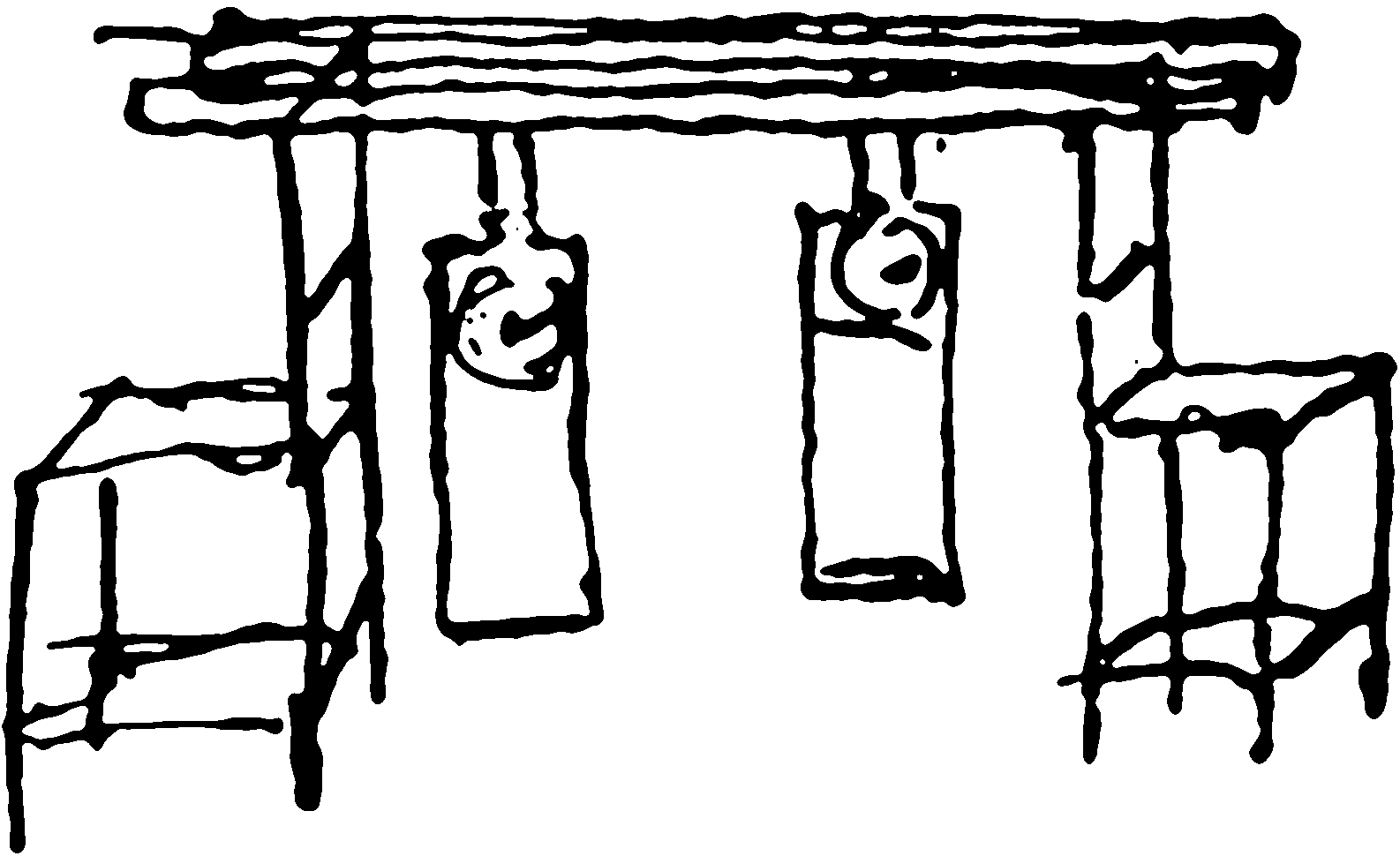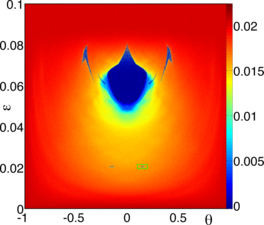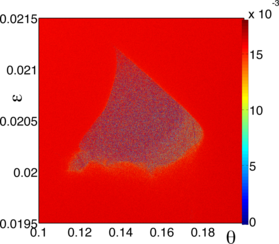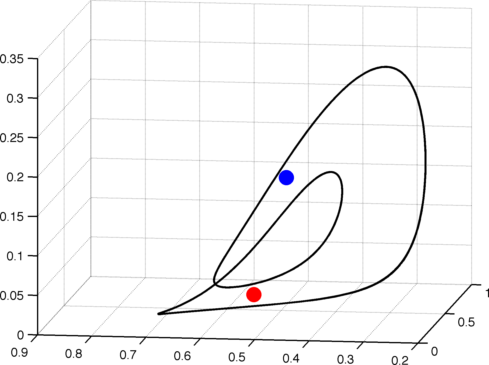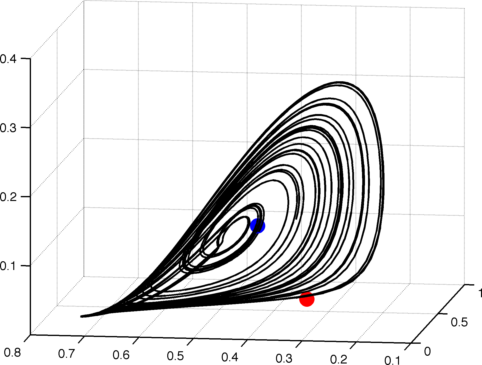To his surprise, he detected an “odd kind of sympathy” between the clocks: regardless of their initial state, the two pendulums soon adopted the same rhythm, one moving left as the other swung right.
Elated, Huygens announced his finding at a special session of the Royal Society of London, attributing this synchrony to tiny forces transmitted between the clocks by the wooden beam from which they were suspended.
In the 1960s, Arthur Winfree, a theoretical biologist, began to study coupled oscillators occurring in Biological systems. Since then the interest in the study of synchronization has not decayed.
